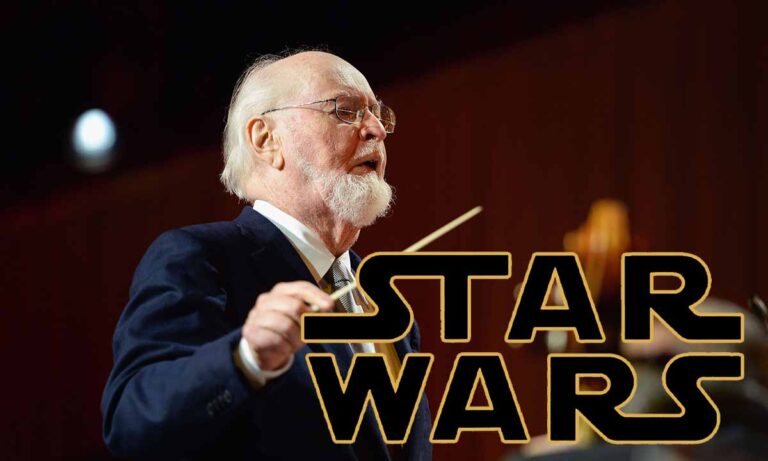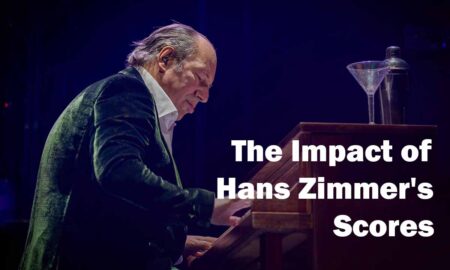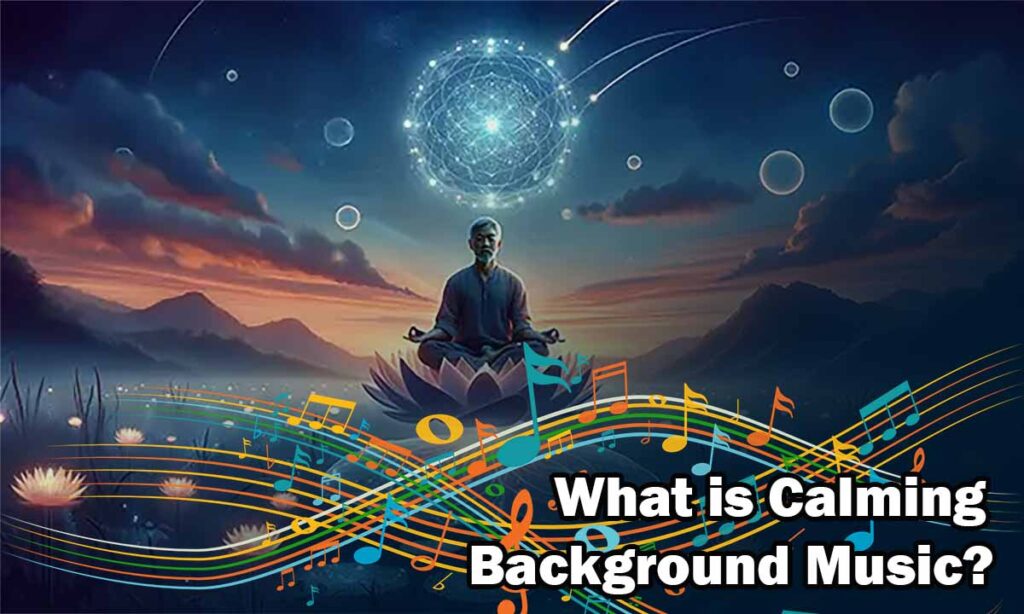The soundtracks of the original Star Wars trilogy are considered by many to be some of the greatest film scores of all time. John Williams, the composer behind these iconic soundtracks, crafted a unique musical language that is distinctly recognizable as Star Wars. This blog delves into the intricacies of Williams’ compositions, highlighting his use of melody, thematic development, and the emotional depth of his music.
John Williams: A Master of Film Music
John Williams emerged as a prominent film composer in the 1970s, and the epic nature of the Star Wars films provided him with the perfect platform to showcase his talents. His compositions are characterized by rich thematic material and a variety of light motifs. Williams’ ability to create tension and climax within his scores adds a layer of emotional weight to the films.
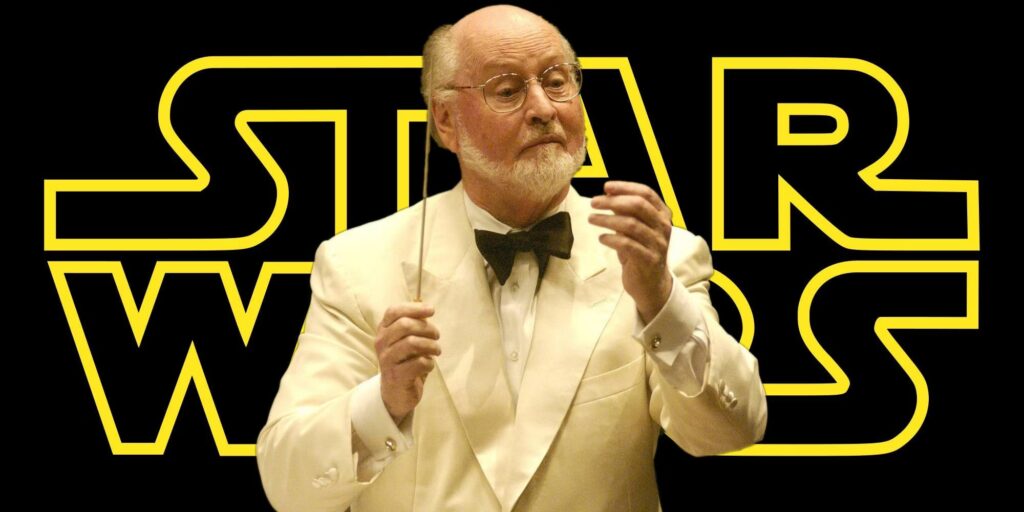
Influences on Williams’ Compositions
Williams drew inspiration from various classical composers, including Gustav Holst and Igor Stravinsky. However, the most significant influence on his work in Star Wars comes from Richard Wagner, particularly his operatic cycle, The Ring. Wagner’s mastery of interweaving themes and motifs resonates throughout Williams’ compositions, enhancing the epic narrative of Star Wars.
The Lost Art of Melody
One of the hallmarks of Williams’ work is his focus on long, expansive melodies. Unlike many contemporary film scores that rely on short motifs or repetitive sequences, Williams crafts full-length themes that evoke a range of emotions. This approach contributes to the grandeur of the Star Wars saga, making each scene feel significant.
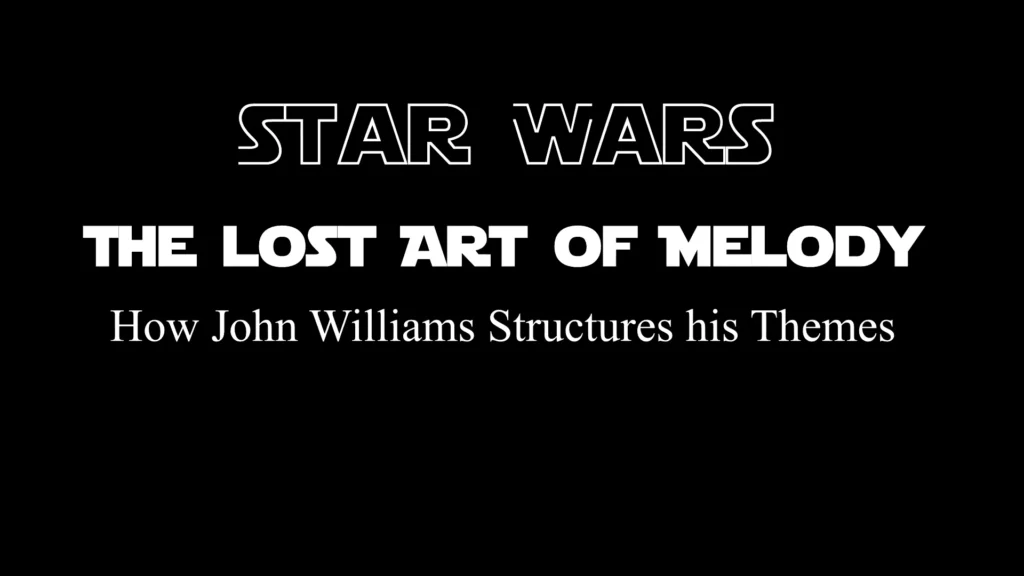
Musical Tension and Climax
Musical tension and climax are crucial elements in Williams’ themes. As melodies progress, they build tension and reach emotional peaks, ultimately leading to resolutions that provide satisfaction to the listener. This ebb and flow of music creates an engaging listening experience that deepens the audience’s connection to the film.
Case Study: The Force Theme
The Force Theme, often referred to as the Hope Theme, serves as a prime example of Williams’ thematic structure. This theme functions as an emotional anchor within the narrative, adding weight to the scenes it accompanies. The first half of the theme presents recognizable melodic elements, while the second half takes the listener to an emotional peak before resolving, demonstrating Williams’ skillful craftsmanship.
The Force Theme Harmony
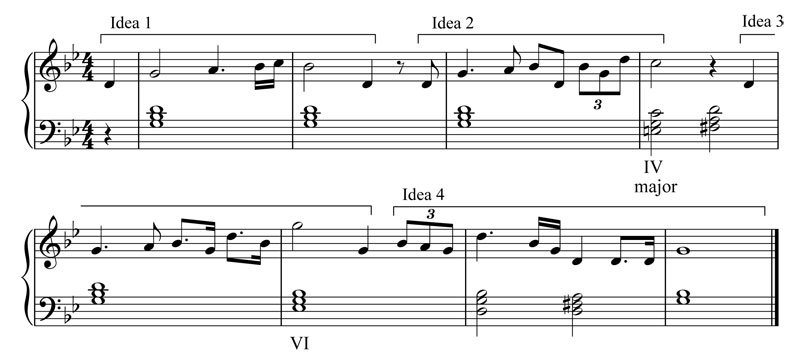
Variations and Complexity in Themes
Williams often alters the tail end of themes for dramatic effect. For example, the love theme in Star Wars has distinct variations that evoke different emotional responses throughout the saga. This complexity allows Williams to explore various facets of the characters and story, enriching the overall narrative.
The Impact of Modern Filmmaking on Film Scores
Many contemporary directors favor quick cuts and fast-paced action, which has influenced the scoring styles of modern film composers. As a result, scores often prioritize harmonic simplicity over melody. While this approach can produce exciting soundscapes, it often lacks the emotional depth found in Williams’ compositions.
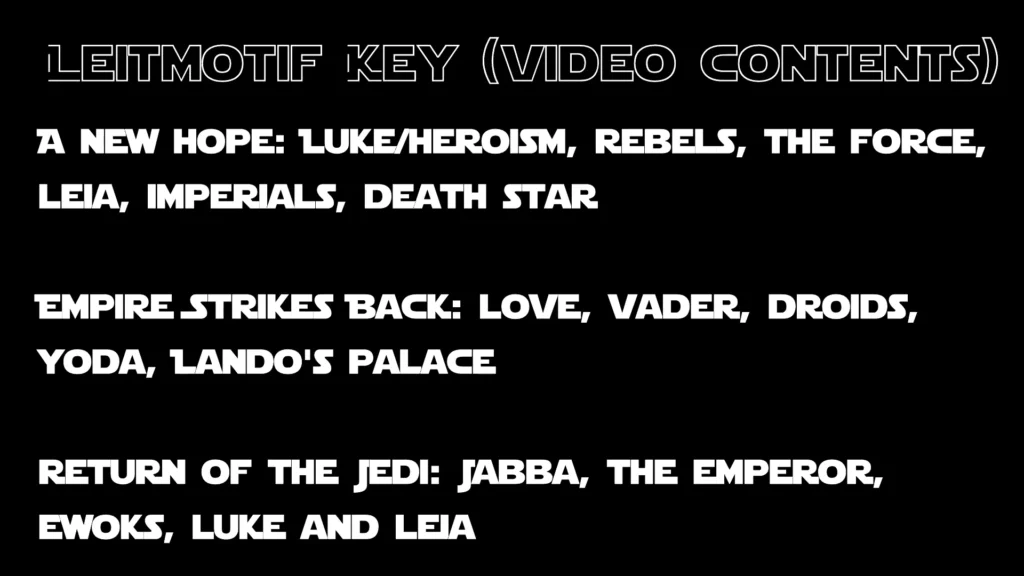
Conclusion: The Legacy of John Williams
John Williams’ contributions to film music, particularly in the Star Wars saga, have left an indelible mark on the industry. His mastery of melody, thematic development, and emotional storytelling through music set a standard that continues to inspire composers today. By understanding and appreciating Williams’ techniques, listeners can gain a deeper appreciation for the emotional power of film music.

